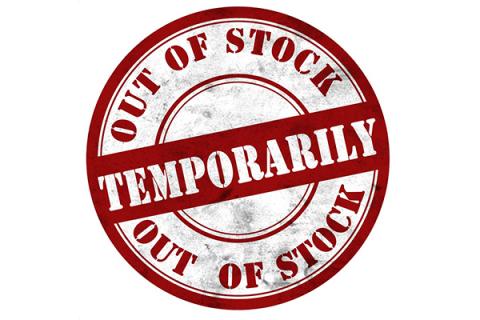Are new car shortages really a big deal?

It is somewhat old news now that plant shutdowns and virus spikes all over the world have caused production to plummet. Like many things, the effects of shutdowns that began in Q1 have leaked into Q3, continuing to cause issues. Production halts that happened months ago are still being felt by dealers who haven’t had a whole lot of new inventory come onto their lots. While some may feel panicked by this, it is good to remember that this is only alarming because cars are being sold.
You might be wondering why low inventory is a problem during a pandemic in which people have lost jobs and are tightening their belts. Well… car sales haven’t been a complete lost cause over the course of this year. As we’ve said all along, people still need cars. In fact, some people are struggling to find specific vehicles as they’re being sold faster than they can be fully inventoried. Having less inventory of new vehicles has led more buyers to go for used vehicles, which isn’t so bad considering profit margins are higher on used cars. That said, branded dealers are anxious to get some new inventory back in stock. For areas and dealers who rely heavily on new truck and SUV sales, these shortages are hitting them a bit harder.
Despite the negative connotation that comes with the word ‘shortage,’ there are still vehicles to be found out there. Some brands have more in stock than others and consumers may have to broaden their search area to find what they are looking for. While trucks, SUVs, and minivans may be harder to lock down, sedans and hybrids seem to be plentiful. As far as trucks go, regular cab and extended cabs are going to be easier to find than crew-cab trucks. SUV brands like Honda, Subaru and Kia are doing well with inventory despite the high popularity in vehicle type. Minivans are a bit more limited, leaving more wiggle room with Honda versus Chrysler.
As always, looking at a glass-half-full allows you to see the positives in a trying time. While new inventory is in a shrunken state, used vehicle sales have taken off and provided dealers with steady profits. While production was halted, there were still plenty of used inventory sitting around waiting for the picking. In fact, people who were in need of a vehicle prior to the shutdowns may have had to switch their plan from new to used, for the availability. Used cars have actually become a safer investment for buyers who are uncertain during the Covid-19 pandemic. They are more affordable for many and have benefited dealerships as opposed to becoming a loss, so whether new or used, a sale is a sale.
So where are we at with production now? It depends. Virus surges are still happening and causing constant adjustments to how things are done and more importantly, how fast they are done. It is frustrating to take a step forward and get knocked back a few more, but it’s better than when dealers were making zero dollars during dealership shutdowns.
Thankfully, sales have proven themselves worthy and plants are working hard to catch up production levels. The goal is to have 90 days worth of supply, but many automakers are finding that tricky. Big brands like GM, Chrysler and Ford haven’t quite hit this mark but aren’t far from having an ideal inventory. Truck stock especially is low. GM is pushing for an additional 1,000 units of Silverados and Sierras per month until inventory levels even out. Ford, Chrysler and VW say they’re back to regular production levels, which seems to be the trend across the industry. Efforts are being made to replenish shifts that were cut due to lack of staff and to make up for Covid-19 precautions.
Just like a domino effect, ramping up production and staff now will push off the results until later this year and early next. Timelines may not be perfect. But soon enough lots will be replenished and buyers can enjoy the variety and availability they once did again.






